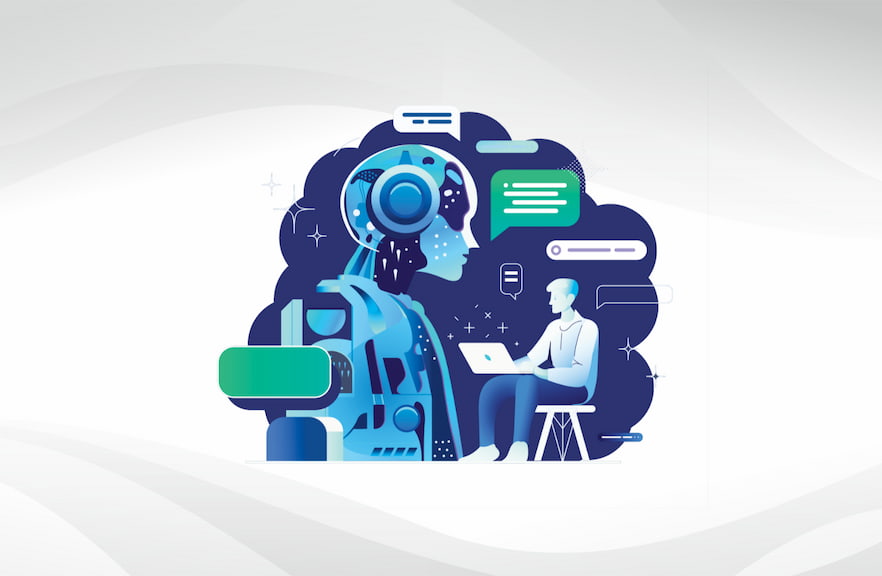The speedy advancement of artificial intelligence (AI) has delivered breakthroughs that are reshaping our society. Among the most revolutionary developments is generative AI (GenAI), which focuses on creating AI systems capable of producing original and creative content.
This blog explores the rise of GenAI and the technology behind ChatGPT, with a focus on large language models (LLM). These LLM models, with their advanced capabilities and conversational writing style, are poised to redefine the way we interact with technology, create content, and seek answers to queries.
Understanding GenAI
GenAI refers to the branch of AI that enables machines to generate original content, whether text, images, or music. Unlike traditional AI models that rely on predetermined rules and patterns, GenAI models can produce novel outputs based on the patterns and data they have learned during training. This opens up a world of possibilities for applications across various industries.
Evolution of LLM Models
To understand the significance of LLM models, it is essential to explore the history of language models. Language models have been a staple in natural language processing (NLP) for many years, but LLM models have taken this concept to a new level. LLM models, such as GPT-3 (Generative Pre-trained Transformer 3), can accurately understand and generate human-like text.
Compared with traditional AI models, LLM models have significantly larger datasets and more complex neural architectures. This allows them to capture the intricacies of language better and produce more coherent and contextually relevant outputs.
LLM models have been trained on vast amounts of text data from sources like the internet, books, websites, and articles, enabling them to develop a deep understanding of language. ChatGPT is an LLM model developed by OpenAI. OpenAI invented a method called Generative Pre-training (GPT), which gave rise to the popular ChatGPT.
How Is ChatGPT Trained?
Training ChatGPT requires a large amount of high-quality data, which is collected and pre-processed to ensure optimal model performance. The data used for training LLM models are typically sourced from various publicly available texts, providing diverse vocabulary and language patterns. Training ChatGPT involves leveraging massive computing power and specialized hardware to process and analyze vast data.
Stage 1: Generative Pre-training
All the internet data (website, articles, books, etc.) is provided to transformers for training, which gives us the base GPT Model that can perform functions such as language translation, text summarization, text completion, and sentiment analysis. But we require a conversational chatbot that accepts requests and delivers responses. So, to achieve a conversational chatbot, we move on to stage 2.
Stage 2: Supervised Fine-tuning (SFT)
On one side, a human will be typing a query; on the other, another human will be acting like a chatbot agent and responding to it. Based on all this data, an SFT training data corpus is prepared. This data corpus is given to the base GPT model for training with SGD optimizer, which provides us with the SFT ChatGPT Model. But the main problem in this model is its inability to deliver responses properly for untrained data. We overcome this problem in stage 3.
Stage 3: Reinforcement Learning Through Human Feedback (RLHF)
Using reinforcement learning, the responses are ranked for the same request and prioritized based on the response’s ranking, which is given to a reward model (simple binary classification model based on probability). This reward model is used along with the proximal policy optimization reinforcement technique, which helps increase the reward for the most appropriate response.
Conclusion
GenAI and LLM models are ushering in a new technological innovation and transformation era. The impact of LLM models spans various industries, from content creation to education, healthcare, and beyond. With their conversational writing style and advanced language processing capabilities, LLM models have the potential to reshape the way we interact with technology and harness the power of AI.
While there are challenges and ethical considerations, the transformative potential of LLM models is undeniable. As we navigate the future, embracing the responsible and accountable use of LLM models is essential, striving for a harmonious integration of AI and human ingenuity.



